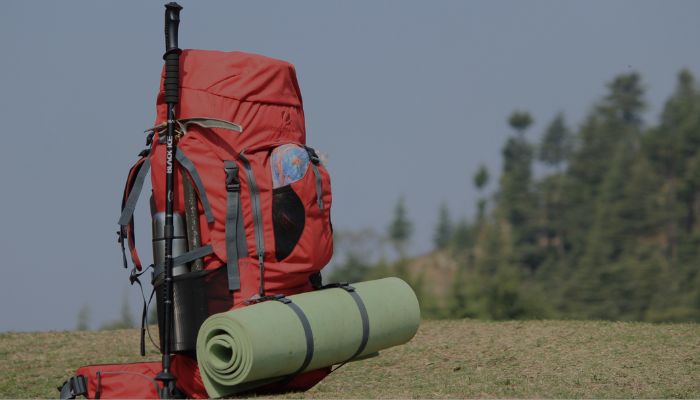
To assist you in correctly wearing a hiking backpack, here is a comprehensive guide that covers several aspects:
- Choose the Right Backpack:
– Ensure that the backpack’s size is compatible with your physique. The bottom of the bag should be at hip level, and the top should not rise above the shoulders.
– The frame and padding of the backpack should conform to the shape of your back for adequate support.
- Adjust the Straps:
– Shoulder Straps: Adjust the shoulder straps to fit snugly around your shoulders and are of equal lengths on both sides. The straps should not be too tight to restrict breathing or cause discomfort, nor should they be too loose, which could cause the backpack to sway.
– Waist Belt (Hip Belt): The waist belt supports the backpack’s weight. Adjust it to hug the hips and distribute some weight from your shoulders.
– Chest Strap (Chest Clip): The chest strap helps stabilize the backpack and prevent it from swinging from side to side. Adjust the chest strap so it compresses against your chest without being uncomfortably tight.
- Proper Weight Distribution:
– Place heavy items at the bottom and toward the back of the backpack to maintain stability and minimize rocking.
– Place lighter items like sleeping bags and clothing in the backpack for quick access when needed.
- Utilize Internal Compartments and Pouches:
– Use the backpack’s internal compartments and pouches to organize items for easy retrieval and organization.
– Place frequently used items like snacks, a water bottle, etc., in easily accessible areas.
- Pay Attention to Comfort:
– Perform a brief test walk before hiking to ensure the backpack is comfortable and stable.
– If you experience discomfort during your hike, adjust the straps or reposition items as needed.
- Avoid Overloading:
– Avoid carrying a heavy backpack, which can put undue stress on your back and shoulders.
– Check the weather and itinerary before setting off, and only pack essential items.
- Correct Posture:
– Maintain an upright back with neither a forward nor a backward lean.
– Use leg rather than back muscles to support the backpack’s weight.
- Periodic Checks:
– During your hike, ensure all buckles and zippers are secure.
– If you notice any damage or wear and tear, have them repaired or replaced immediately.
- Consider Using a Rain Cover:
– If you anticipate encountering rain or damp conditions, consider using a rain cover to protect the backpack and its contents from moisture.
Following the above guidelines, you can correctly wear a hiking backpack, ensuring comfort and safety during your hiking journey.

